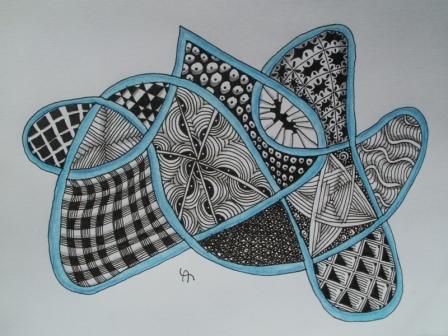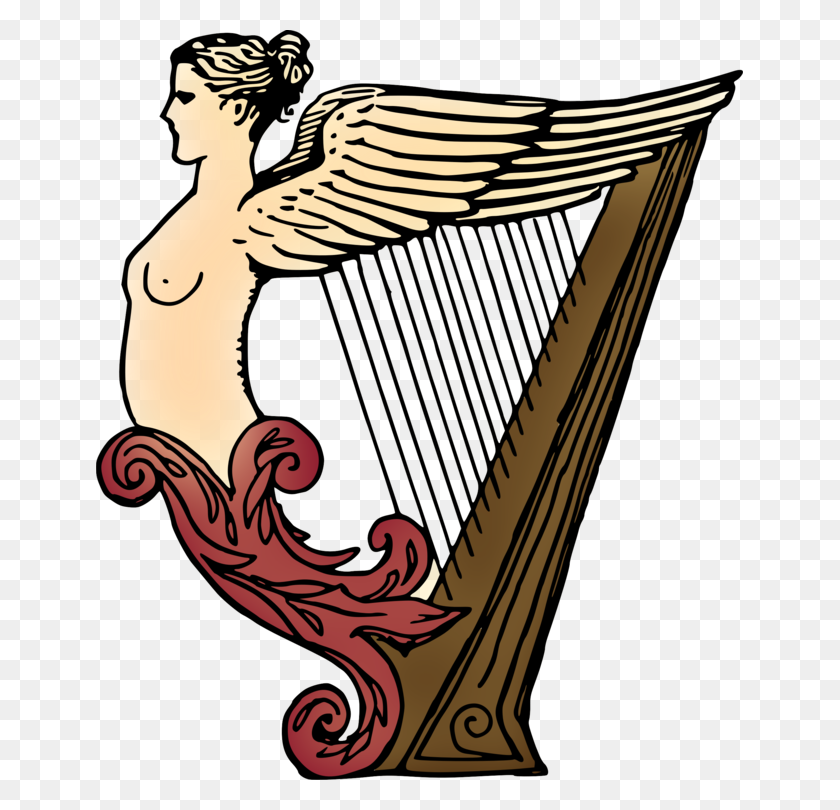
Schlesinger in the 1911 Encyclopædia Britannica mentioned the crwth in an article about transition of instruments from the lyre to plucked and bowed instruments: In Wales, the crwth long took second place to the harp in the musical hierarchy. Medieval instruments somewhat resembling the crwth appear in pictures (first in Continental Europe) as far back as the 11th century, shortly after bowing was first known in the West. Continuous, clear records of the use of crwth to denote an instrument of the lyre (or the Byzantine bowed lyre) class date from the 11th century. A crwth in the Horniman Museum, London, EnglandĪ variety of string instruments so designated are thought to have been played in Wales since at least Roman times. Strings have been narrowed, and adding fingerboard would create the crwth and plucked guitar fiddles. The English surnames Crewther, Crowder, Crother and Crowther denote a player of the crowd, as do the Scottish names MacWhirter and MacWhorter.įor this article's purposes, crwth denotes the modern, or most recent, form of the instrument (see picture). The Irish word is cruit, although it also was used on occasion to designate certain small harps. The Welsh word crythor means a performer on the crwth. In Medieval Latin it is called the chorus or crotta. The traditional English name is crowd (or rote), and the variants crwd, crout and crouth are little-used today. Like several other English loanwords from Welsh, the name is one of the few words in the English language in which the letter W is used as a vowel. In Gaelic, for example, " cruit" can mean "hump" or "hunch" as well as harp or violin. Other Celtic words for violin also have meanings referring to rounded appearances. The name crwth is Welsh, derived from a Proto-Celtic noun * krutto- ("round object" ) which refers to a swelling or bulging out, a pregnant appearance or a protuberance, and it is speculated that it came to be used for the instrument because of its bulging shape.



Origin of the name Watercolour of a Crwth from Pennant's A tour in Wales, 1781 Four historical examples have survived and are to be found in St Fagans National Museum of History ( Cardiff) National Library of Wales ( Aberystwyth) Warrington Museum & Art Gallery and the Museum of Fine Arts, Boston (US). The crwth ( / k r uː θ/ KROOTH, Welsh: ), also called a crowd or rote or crotta, is a bowed lyre, a type of stringed instrument, associated particularly with Welsh music, now archaic but once widely played in Europe.


 0 kommentar(er)
0 kommentar(er)
